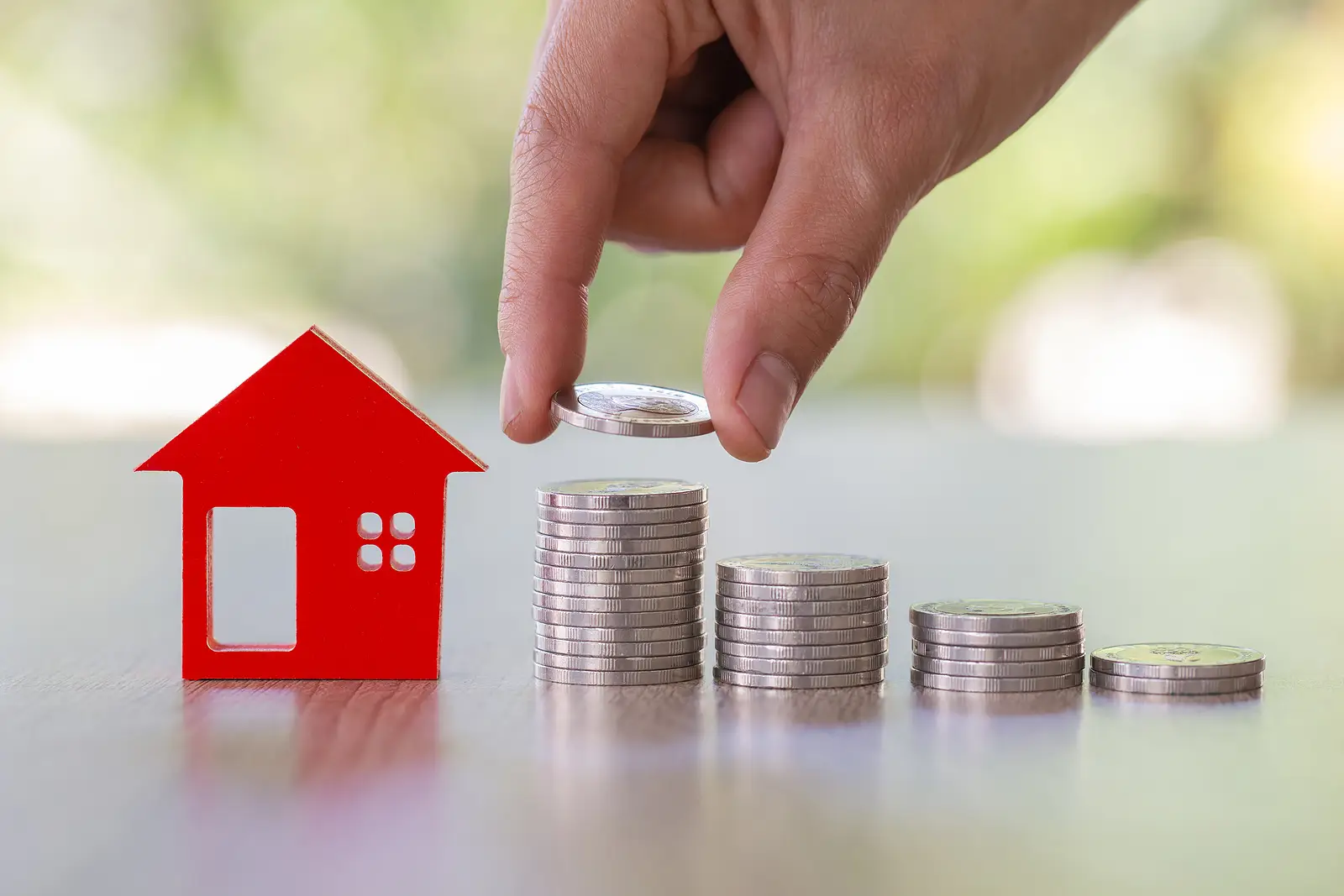A rental property may look like a strong investment on paper, but unless you’re measuring the right financial metrics, appearances can be misleading. Many Dallas property owners collect rent each month without knowing whether their assets are generating actual profit or simply keeping them busy.
Performance tracking isn’t just for large portfolios or commercial buildings. Even single-family rentals require a strategic eye on ROI, profit, and cash flow. With the right tools—and a strong understanding of the Dallas market—you can make smarter decisions about renovations, rent adjustments, and long-term investment strategies.
If you're unsure where to begin, PMI Alliance offers helpful tips in their rental property accounting blog to help you get on the right track.
Key Takeaways
- ROI helps you evaluate your property's total return compared to the investment.
- Cash flow reflects your monthly financial health after paying expenses.
- Long-term profit includes appreciation, tax benefits, and resale value.
- Accurate tracking systems and software simplify financial analysis.
- Minor adjustments like better rent timing or upgrades can improve results.
ROI: Evaluating the True Return on Your Investment
Return on Investment (ROI) is the most telling number in your financial toolbox. It measures how much you’re earning relative to what you’ve invested in your Dallas rental.
The standard formula:
(Net Annual Profit ÷ Total Investment) × 100
Let’s say you spent $450,000 on a property in the Dallas suburbs, and your yearly net profit after expenses is $22,500. Your ROI is 5%.
This percentage gives you a clear picture of performance. Most residential rental investors aim for a return of 5% to 10%. If you're consistently underperforming, it may be time to review your expenses, rent pricing, or investment approach.
For those researching new opportunities, PMI Alliance shares a helpful guide to profitable Dallas rentals.
Cash Flow: Your Monthly Financial Pulse
Cash flow is your rental property’s heartbeat. It tells you if you're earning money each month after covering all expenses.
Here’s the equation:
Monthly Rent – Monthly Operating Costs = Cash Flow
If your Dallas rental brings in $2,600 a month, but your mortgage, insurance, repairs, and taxes total $2,300, your positive cash flow is $300. That leftover cash is what keeps your operation healthy and scalable.
Many Dallas investors follow the “1% rule”—charging monthly rent equal to 1% of the property’s value—to maintain strong cash flow. If your numbers don’t add up, consider revisiting your pricing strategy or cost management.
Profit: Looking Beyond Rent Checks
Profit is about more than what’s left at the end of the month. It reflects the long-term wealth your property is building through:
- Capital improvements (e.g., renovations that increase property value)
- Depreciation benefits that reduce taxable income
- Market appreciation over time
- Tax-efficient exit strategies like 1031 exchanges
- Your net gain when selling the property
For example, a property that cash flows modestly might still deliver a high profit after several years of appreciation and tax benefits. Profit is a long game, and in Dallas’s fast-growing housing market, it’s worth keeping an eye on.
Want to stay ahead of innovation in the rental industry? Explore how real estate technology is shaping property management.
How to Track Rental Performance Like a Pro
Organized recordkeeping and reliable tools make tracking ROI, cash flow, and profit far less complicated. Here’s a streamlined approach:
1. Track All Financial Activity
Keep a detailed monthly log of:
- Rent and fee collection (late fees, pet rent, deposits)
- Ongoing expenses (repairs, taxes, HOA dues, insurance)
- Receipts, invoices, and lease agreements
2. Use the Right Software
Manual spreadsheets work for one or two units, but for more properties or more efficiency, try using rental accounting software. Most platforms offer dashboards that visualize performance metrics clearly.
3. Get Support from Professionals
PMI Alliance offers monthly reports, financial reviews, and tech tools that simplify performance tracking. Instead of spending weekends crunching numbers, you can focus on growing your portfolio.
Boosting ROI Through Smart Adjustments
If you want to push your ROI higher, focus on small improvements that compound over time. These include:
- Making budget-friendly upgrades that boost property value (smart thermostats, energy-efficient appliances, modern finishes)
- Timing rent increases around lease renewals, not during mid-term or low-demand seasons
- Reducing tenant turnover by providing excellent service, fast maintenance, and easy communication
- Optimizing tax savings by claiming depreciation and using legal write-offs
- Planning for a strategic sale using tax-deferred tools like 1031 exchanges
A tenant turnover in Dallas can easily cost between $1,500 and $4,000 once you factor in lost rent, repairs, and marketing. Keeping good tenants is one of the most effective ways to stabilize ROI.
Mistakes That Cut Into Profit
Avoiding common landlord errors can be just as important as making smart moves. Here are a few missteps that often eat away at profitability:
- Skipping preventative maintenance, leading to costly emergency repairs
- Overpricing units without understanding neighborhood comps
- Forgetting to budget for vacancies or unexpected legal fees
- Not taking advantage of tax deductions like depreciation
- Combining personal and rental finances, which complicates reporting
Keeping your business organized helps you avoid pitfalls and ensures your investment doesn’t become a financial drain.
Why Performance Tracking Matters in Dallas
Dallas is one of the most competitive and high-opportunity rental markets in Texas. With constant population growth, rising rental demand, and ongoing development in the metroplex, the area is ideal for investors—but only those with a clear plan.
Staying up to date on Dallas-specific trends—like seasonal rent fluctuations, local tax policies, and regional appreciation—gives landlords a clear advantage. Tracking ROI and profit helps you identify when to make changes, reinvest, or consider selling.
Profitable Properties Start With Better Strategy
Whether you manage one property or several across the Dallas area, knowing your numbers puts you in the driver’s seat. You can’t grow what you don’t measure—and you can’t fix what you don’t track.
With support from PMI Alliance, you can access expert guidance, modern tools, and local market knowledge that turns rental property ownership into a sustainable, profitable business.
Move from guesswork to clarity—reach out today
Talk with PMI Alliance’s Dallas team and take the next step toward optimizing your rental’s full earning potential.
FAQs
What is considered a good ROI for a Dallas rental?
An ROI of 5% to 10% is generally considered healthy for single-family homes in Dallas, though some investors aim higher depending on property type and risk level.
How do I know if I have positive cash flow?
If your monthly rental income exceeds all operating expenses, including mortgage, taxes, and maintenance, you have positive cash flow.
What’s included in the calculation of total profit?
Total profit includes cash flow, home appreciation, tax deductions (like depreciation), and the final sale price, minus your initial investment.
How can property managers improve ROI?
They reduce vacancies, improve tenant retention, recommend cost-saving upgrades, and provide data to guide smarter financial decisions.
Should I raise rent every year?
Not necessarily. Evaluate the market, your tenant’s reliability, and overall costs. Timing rent increases around lease renewals often works best.


